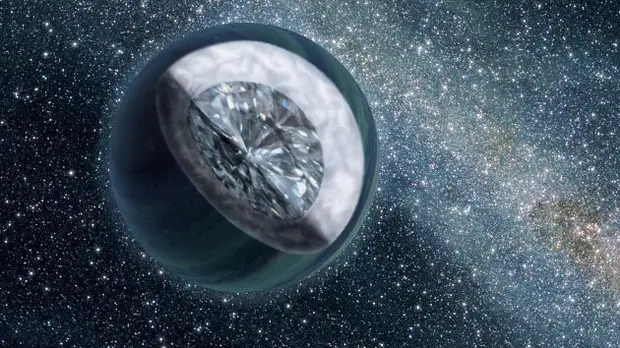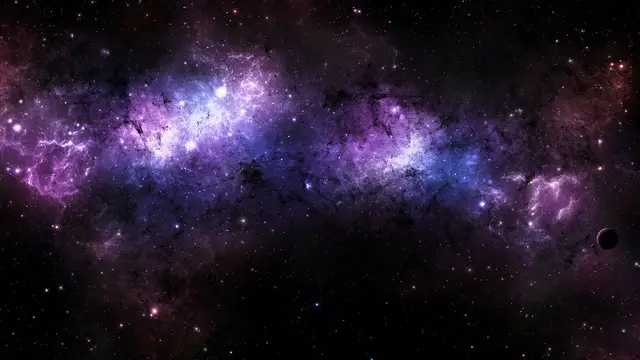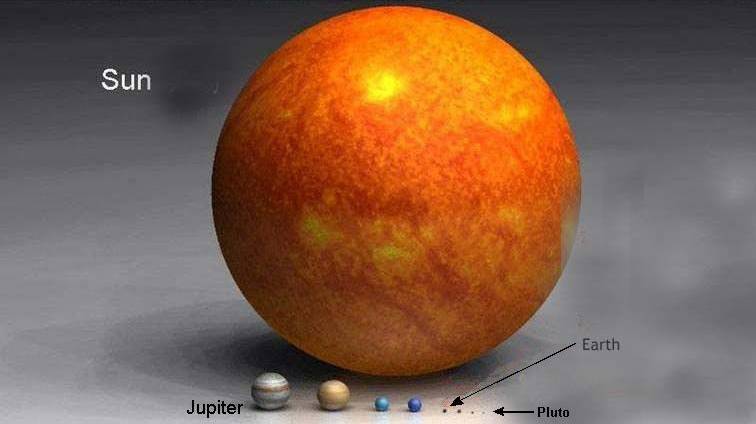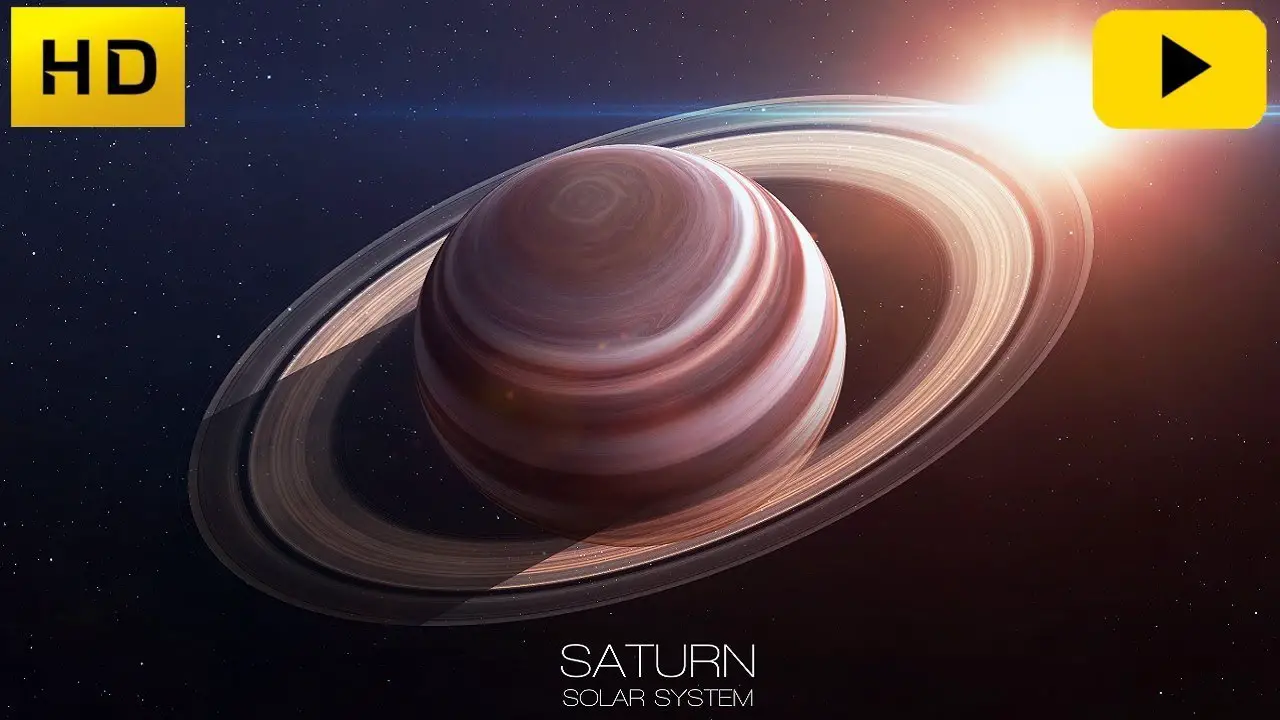It’s said that it’s difficult to find something that’s more generally fascinating than space and dinosaurs. No matter your age, it’s perfectly normal to feel excitement when thinking about either of these things. Understandable, though. Both of them are things distant to us and when we do not fear the unknown, we are drawn to it. As technology developments permit us to, we manage to explore the allegedly infinite universe further and further as every year passes. Tens thousands of planets, stars, and galaxies have been discovered up to date, and we’re not even counting all the other astral mysteries of the likes of nebulas, black holes or meteorites.
Living in such a big universe, there are bound to be considerably more Top 15 Weird but True Facts About Space where these came from.
#1 Scientists at Yale University have conducted a research that concluded with the discovery of a planet that may be made entirely from diamonds. 55 Cancri e, what the planet has been called, is twice the Earth’s size and burns at a hot average temperature of roughly 2150 degrees Celsius (3,900 Fahrenheit). Its fast orbit around a nearby star takes 18 hours to complete, as opposed to Earth’s 365 days.

#2 It was only five years ago when astronomers caught, for the first time, a black hole in the act of swallowing another star. At that time, the swallowed object in discussion was one of the biggest stars that scientists have managed to discover.
#3 In 2014, the first signs of the Big Bang were discovered. Gravitational waves that have been defined as “ripples through time and space” seem to be some of the first aftermaths of the blast that shaped our universe as we know it today.

#4 One of the most interesting facts about space is that its lack of atmosphere equals complete quietness. Since sound requires an atmosphere to travel, outer space is completely silent.
#5 A day on Venus is almost as long as a year. The planet requires 243 Earth days to complete an orbit around its own axis, as opposed to the 24-hour turn that our planet does.
#6 We’ve been on a quest to discover planets similar to Earth (that could potentially sustain human life) ever since we’ve first started our space exploration. Oddly enough, the closest planet to Earth in terms of size and composition discovered so far is filled with lava.
#7 Ten billion light years away from Earth, scientists have discovered a water vapor cloud that apparently holds a water reserve 140 trillion times bigger than Earth’s. Do you ever get tired of so many superlative numbers when talking about space?
#8 Cool facts about space: not all stars burn insufferably hot. There is, actually, a star that’s merely 20 degrees Celsius. “Cold stars” are actually called brown dwarves. Although they start off the same way as their scorching counterparts, they don’t develop enough to be able to undergo hydrogen fusion, the process that makes stars emit so much heat.
#9 A cluster of quasars considered to be the biggest structure in the universe completely shattered scientific theories. Astronomers estimated that the young galaxy structures can only be a maximum of 700 million light years, but this particular one is an astonishing 1.2 billion light years wide.
#10 Good luck trying to separate two pieces of metal if they touch in outer space. Because there is no oxidation layer there, unprotected metal pieces that come in contact will be glued together permanently.
#11 Scientists have known for a while that lightning isn’t a phenomenon unique to Earth, having observed it on other planets, like Mars and Venus, too. However, they were taken a bit off guard when a lightning randomly struck in the middle of the outer space void. The electricity bolt was allegedly twice the length of the Milky Way.
#12 You are taller in space! This is one of the many aftermaths of the vastly known lack of gravity. Since there is no gravity to add pressure to and push down on your spine, it expands to the point it can add a bonus of 5 cm to your height.
#13 The worst thing about space is trying to keep up with the scales. It’s literally impossible to have a good grasp of sizes and measurements. Many of us struggle to simply realize just how much bigger our Sun is compared to Earth (for the record, it’s really big). Just realize the fact that the Sun alone makes 99% of Milky Way’s size.

If you’re struggling to picture that, then it’s about to get worse. Scientists discovered a star that’s 1,500 times the size of the Sun. Statistically speaking, if we were ever to make a side by side comparison between Earth and this gigantic star, Earth would barely be a hundredth of a pixel on the monitor.
#14 Pulsars are neutron stars that spin at an alarmingly fast rate and emit, well, pulsations. One of their most fascinating properties is their mass, which can be as much as eight times the size of our Sun’s. In fact, a single soup can of neutron star material would be able to outweigh the mass of the Moon!
#15 Every fifteen ears, Saturn’s rings disappear for a day. This isn’t technically what it happens, though, and it’s rather space’s own cool magic trick. The way sunlight is propelled on Saturn’s surface at that point in time makes it look from Earth as if its rings simply went poof. The last time this cool astronomical event occurred was in 2009, which means that in 2024 we’ll be able to witness yet another episode.

The best part about the apparent infinity of the universe is that we keep discovering new things every day. So, if you want, you can easily leave people with their jaws dropped by offering them an input to either of these Top 15 Weird but True Facts About Space. But do it while they’re still fresh. Outer space doesn’t look like it’s going to cease to amaze us anytime soon, so there will definitely be new fascinating facts that are going to replace them.
